Oakley Signs Joins Forces with Local Logic to Bridge the Gap Between Physical Signage and Digital Insights
Partnerships
| 12 Nov 2025
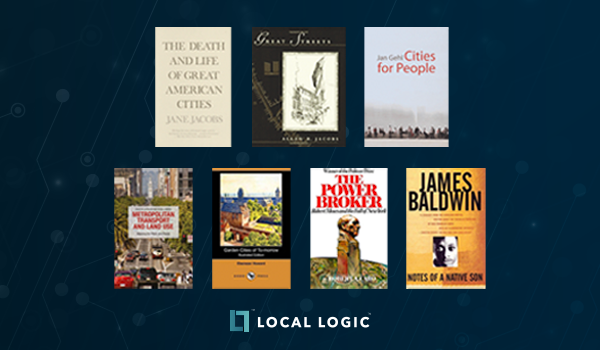
We often start telling our story by saying that Local Logic was founded by “urban-planners-turned-data-scientists”. That past is still tangible in our company’s day-to-day life. Today old drafting tables from the McGill University School of Urban Planning are where we gather around for our lunches, all-hands meetings, and passionate debates.
It’s no surprise then that we’re really enthusiastic about urban planning. Since we believe that passion can be contagious, we’re sharing books that were very influential to us. The learnings from these books are part of what motivated and inspired us to build Local Logic, and help drive our mission to understand and improve how cities are built for their citizens.
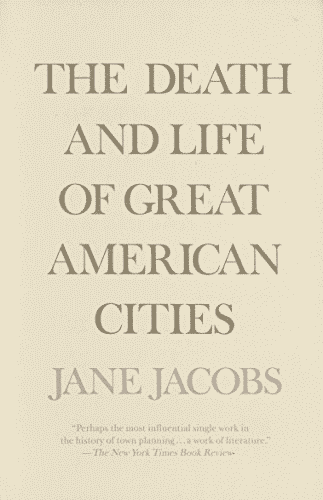
This book is a classic in urban planning. It exemplifies how planning is a mix of art and science. Jane Jacobs creatively illustrates how humans are impacted by the way cities are built, and also rigorously explains generators of diversity that should be preserved in cities. These generators inspired our initial algorithms that quantify how people experience different urban environments.
Thirty years after its publication, The Death and Life of Great American Cities was described by The New York Times as “perhaps the most influential single work in the history of town planning…” Jane Jacobs, an editor and writer on architecture in New York City in the early sixties, argued that urban diversity and vitality were being destroyed by powerful architects and city planners. Rigorous, sane, and delightfully epigrammatic, Jacobs’s small masterpiece is a blueprint for the humanistic management of cities.
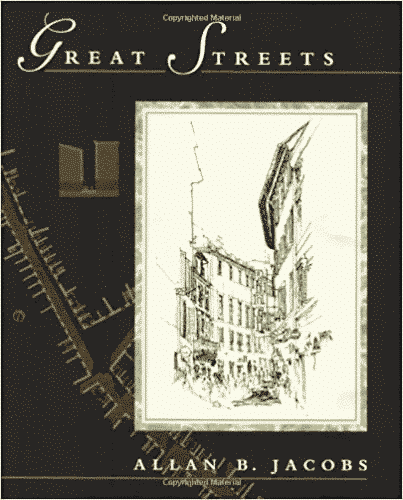
This book shows the importance of the built form on how we feel. It shows how a multitude of elements drastically transforms the experience we have. It has been one of the key drivers in how we developed our insights. While we use data for quantifying urban elements, we need to consider how humans actually perceive those elements.
Which are the world’s best streets, and what are the physical, designable characteristics that make them great? To answer these questions, Allan Jacobs has surveyed street users and design professionals and has studied a wide array of street types and urban spaces around the world. With more than 200 illustrations, all prepared by the author, along with analysis and statistics, Great Streets offers a wealth of information on street dimensions, plans, sections, and patterns of use, all systematically compared.
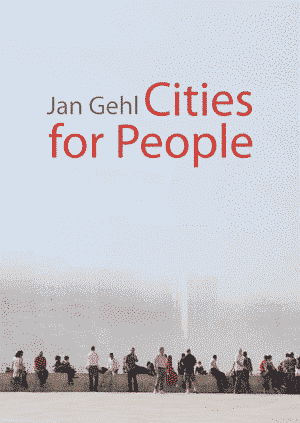
Gehl prescribes how we could reimagine the built form to make cities for people. The rigid outlook in this book, backed by data, is something that helped us develop the mission of the company. Like Gehl, we want to help cities around the world improve the quality of life of their citizens.
For more than forty years Jan Gehl has helped to transform urban environments around the world based on his research into the ways people actually use – or could use – the spaces where they live and work. In this revolutionary book, Gehl presents his latest work creating (or recreating) cityscapes on a human scale. He clearly explains the methods and tools he uses to reconfigure unworkable cityscapes into the landscapes he believes they should be: cities for people. Taking into account changing demographics and changing lifestyles, Gehl explains how to develop cities that are lively, safe, sustainable, and healthy.

The authors show the importance of considering multiple interconnected factors when thinking about cities. We strongly believe that cities are ecosystems with a wide variety of forces forging how they are developed and how people behave. The book also presents how cities can be analyzed through a variety of lenses that all bring rich perspectives.
The book includes current and cutting-edge theory, findings, and recommendations which are cleverly illustrated throughout using international examples. This revised work continues to serve as a valuable resource for students, researchers, practitioners, and policy advisors working across transport, land use, and planning.
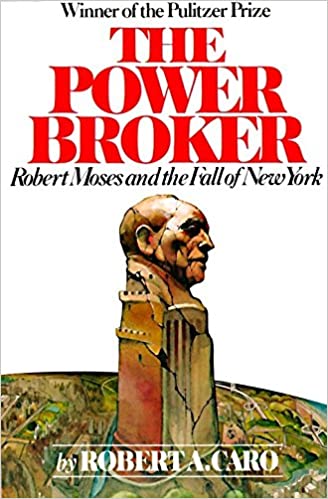
City planning involves a plethora of stakeholders and projects often move slowly. Some people understood how to make things move fast – for good and for bad. Robert Moses impacted tremendously the development of one of the most iconic cities in the world: New York. Some of the projects that were built are still scars in communities and remind us that the decisions about the built form that we make today will impact generations to come.
One of the most acclaimed books of our time, winner of both the Pulitzer and the Francis Parkman prizes, The Power Broker tells the hidden story behind the shaping (and mis-shaping) of twentieth-century New York (city and state) and makes public what few have known: that Robert Moses was, for almost half a century, the single most powerful man of our time in New York, the shaper not only of the city’s politics but of its physical structure and the problems of urban decline that plague us today.
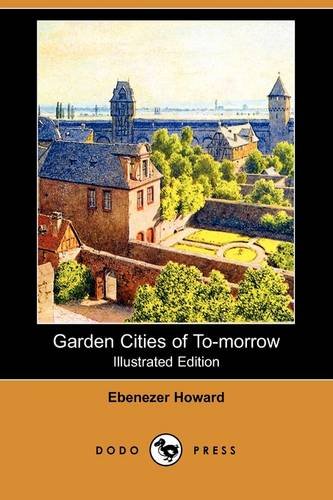
Lords tend to have time to think about all manner of things – including how to build a Utopia. Howard used his spare time to build a generic master plan of what should be the ideal city. While not realistic nor aligned with how people experience cities, Garden Cities is an interesting thought experiment where the author tries to identify the elements we should be optimizing for to make us happier. The importance of greenery metrics in Local Logic’s analyses comes in part from our agreement with Howard that trees are one of the most important drivers of value in cities.
Sir Ebenezer Howard (1850-1928) was a prominent British urban planner. Howard read widely and thought deeply about social issues. One result was his book To-Morrow: A Peaceful Path to Real Reform (1898), which was reprinted in 1902 as Garden Cities of To-morrow. This book offered a vision of towns free of slums and enjoying the benefits of both town (such as opportunity, amusement and high wages) and country (such as beauty, fresh air and low rents).
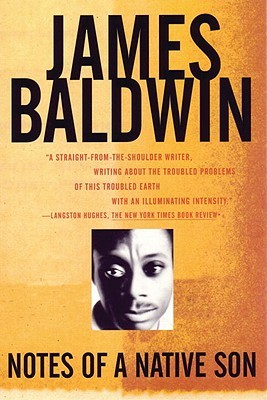
As with other authors in this list, Baldwin is not an urban planner. However, the artist does a great job illustrating how it is to live in a city as a minority and brings an essential perspective on societal issues. In the era of BLM, it is of utmost importance that everyone understands the driving forces that reproduce systemic problems.
Written during the 1940s and early 1950s, when Baldwin was only in his twenties, the essays collected in Notes of a Native Son capture a view of black life and black thought at the dawn of the civil rights movement and as the movement slowly gained strength through the words of one of the most captivating essayists and foremost intellectuals of that era. Writing as an artist, activist, and social critic, Baldwin probes the complex condition of being black in America. With a keen eye, he examines everything from the significance of the protest novel to the motives and circumstances of the many black expatriates of the time, from his home in ‘The Harlem Ghetto’ to a sobering ‘Journey to Atlanta.’
There are many books on urban planning, and even some here are controversial. But they help to explain how today’s cities came to be. You can also see the fingerprints of their influence on our built world today. By using and understanding many of these foundational principles, we can change the world, and achieve our goals. Key of which, is that cities best serve their citizens.
We hope you enjoy the journey, questions, assumptions, and ideas presented in these influential books. Have your own to share? Let us know!
💡 Curious about location insights?
Get a demo to learn how to grow your business with location data.